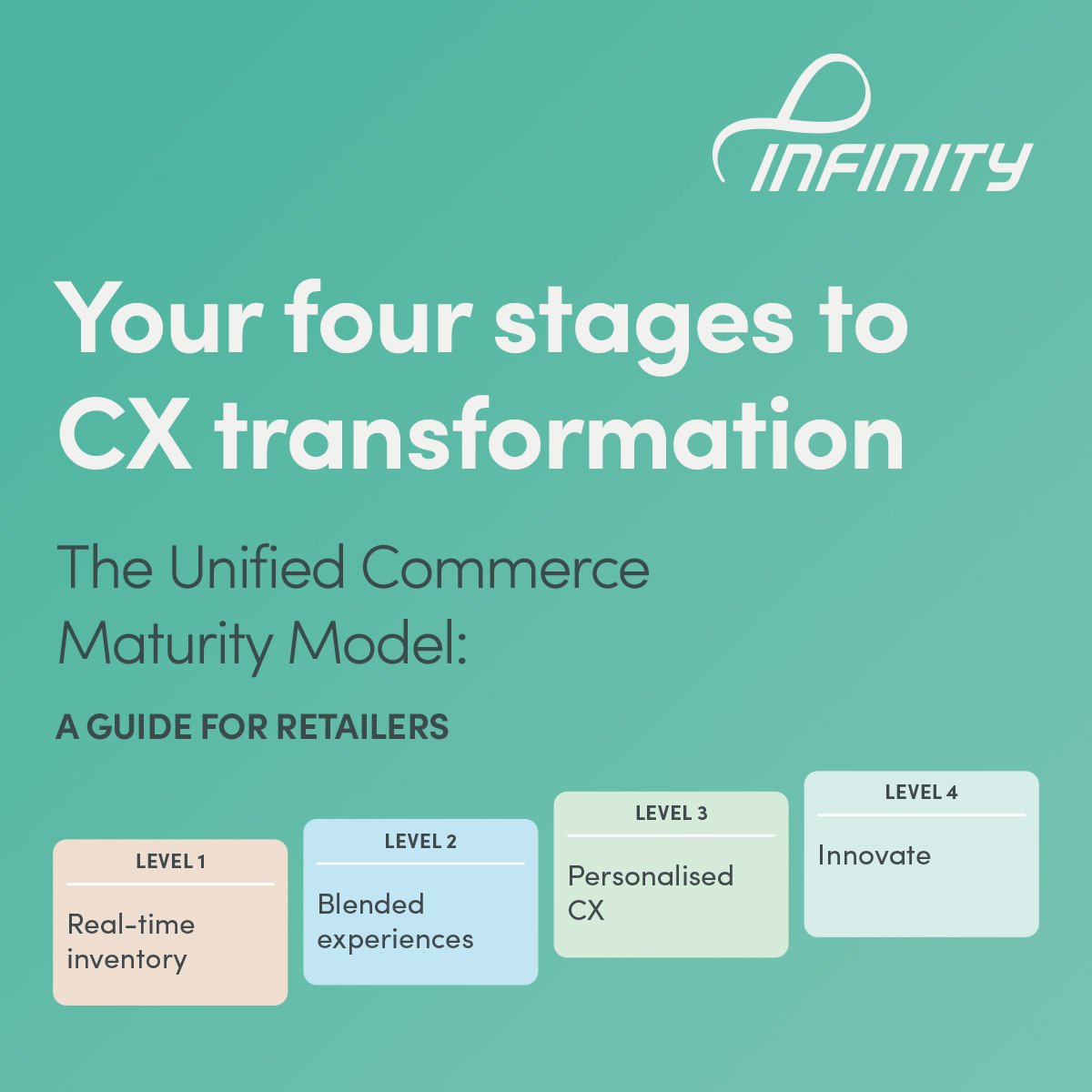As we reach the height of peak holiday season, most retailers are hard at work preparing for 2024. And the big question on everyone’s mind is how to battle declining sales growth.
The outlook for next year is uncertain.
While retail spending has slowed, with predictions of subdued sales until late calendar 2024, it’s not yet falling off a cliff. The latest ABS/MST Marquee data also reveals that liquor retail is holding up well compared to other categories, with liquor sales rising 2.2% in September.
But as retail spending starts to lose share of wallet to non-retail spending – like travel, dining out, housing and health - retailers are urgently looking at how to boost sales growth.
To secure a profitable future for your liquor retail business, you’ll want to understand the latest trends transforming our industry.
Here’s the outlook for liquor retail, plus the four steps to take to remain relevant:
1. Digital-first world order
A compelling in-store experience that is harmonised with a digital offering can be leveraged for competitive advantage.
Global online alcohol sales are back at pre-pandemic levels, with growth of 15.2% expected between 2022 to 2030. That is creating new online shopping habits and changing expectations of the in-store experience.
As more customer journeys begin on mobile apps or online, and consumers increasingly demand digital convenience within stores, the ability to convert fleeting transactions into enduring relationships will rely heavily on unified experiences across all channels.
Recommendation #1: Deliver a unified customer experience
Liquor retailers will need to make shopping a fast, easy and compelling omnichannel experience with personalised products, prices and promotions pre, during and post their purchases, plus fast and frictionless on-demand delivery options.
2. Changing consumer behaviours
Liquor stores that deliver a unified and memorable CX are best positioned for long-term growth and loyalty.
Changing consumer preferences and rising expectations for convenience are creating new growth opportunities.
Conscious consumption is driving sales of local and sustainable alcohol brands. An increased focus on balanced lifestyles has fuelled the no- and low-alcoholic drinks category, with global sales topping $11bn in 2022 and growth accelerating. There’s explosive growth in ready-to-drink (RTD) and canned cocktails, and a continuing rise in premiumisation and viral craft cocktails.
Recommendation #2: Adapt products to meet consumer expectations
Liquor retailers need to create a distinctive omnichannel customer experience by developing a strong brand, offering tailored convenience, expanding the breadth of their product offerings (or moving into specialist categories) and generating new revenue streams.
3. Economic headwinds
High inflation, increased costs, supply chain disruptions and changing workforce roles are creating financial pressures.
The liquor retail sector has changed significantly over the past decade. Independent retailers are increasingly joining banner groups, and brick-and-mortar retailers face formidable competition from new entrants, such as on-demand delivery providers and online-only retailers.
With increasing costs, pressure on consumer spending and the cost of doing business on the rise, there’s likely to be more consolidation and business failures. The climate crisis is also putting pressure on retailers to create a sustainable future for their businesses and the planet.
Recommendation #3: Embrace complexity to build new capabilities
Resilient companies invest during tough times, and evolving new businesses takes a long time. Those that don’t invest in their customer experience will get left behind.
4. Rise of services businesses
Services are a tremendous growth opportunity for retailers – and a way to start building ecosystems that satisfy more consumer needs.
Retailers can achieve up to 20 to 30% additional growth by expanding into services businesses and developing ecosystems that attract and retain loyal customers. Technology is blurring industry lines and allowing different operators – including retailers – to move into services such as healthcare, finances, travel and entertainment.
Retail media networks are emerging as one example in liquor retail. A retail media network is a retailer’s advertising platform where they can sell ad space across all their digital assets, such as their website, apps, social channels and in-store digital screens.
The most significant benefit of a retail media network for retailers is that they can monetise their valuable first-party data by selling and delivering relevant ads to customers – resulting in a better customer experience, stronger supplier partnerships and a new, high-margin revenue stream.
By offering suppliers the opportunity to promote their products through their store networks and digital assets, it enables supply partners to reach the right audience - people interested in purchasing alcohol and legally entitled to do so – and boosts their sales at the point of purchase.
Recommendation #4: Monetise your customer data by selling advertising
With the alcohol industry’s advertising spend expected to reach $6bn in 2023, liquor retailers are launching retail media subsidiaries to capitalise on the advertising revenue opportunity and drive additional new growth for their business.
Are you experiencing technology challenges that prevent you from exploit these trends and opportunities?
Our partnerships with retailers delivering disruptive, world-first experiences give us a deep understanding of changing consumer needs and technology trends. Get in touch if you’re looking for help to develop a unified customer journey.




























